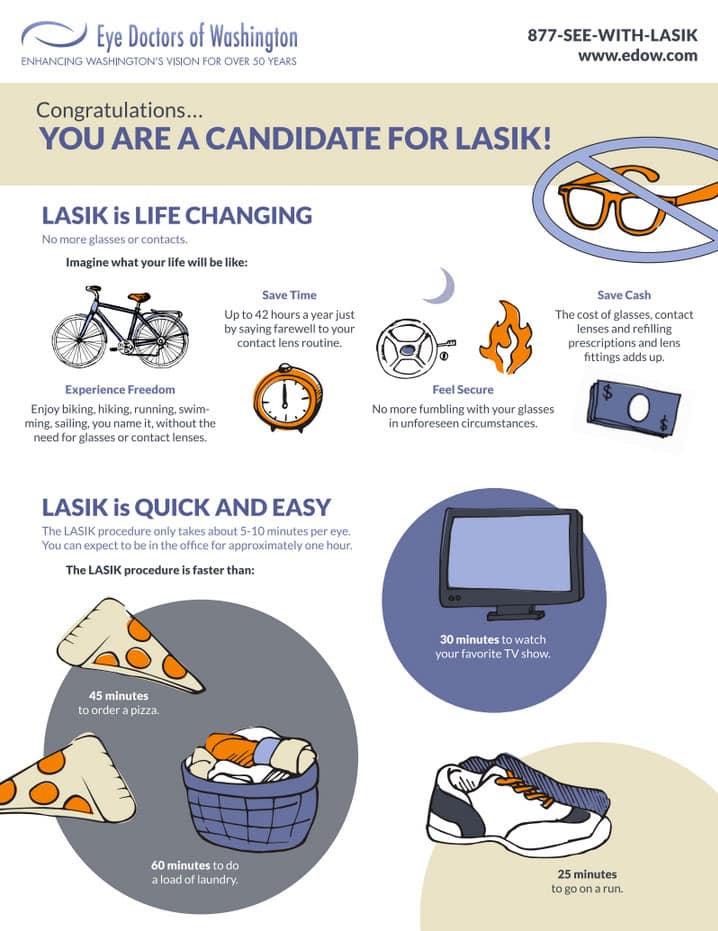Writer-Fallesen Boesen
Imagine a future where you no longer have to depend on glasses or contact lenses to see plainly. A future where vision adjustment is as straightforward as a fast, pain-free treatment.
Well, that future is closer than you might assume. Introducing refractive lens exchange, a revolutionary technique to fixing your vision that might alter the way you see the world.
However what exactly is refractive lens exchange, and why is it considered the future of vision correction? In this discussion, we will check out the benefits, the treatment, and the possible risks of refractive lens exchange, providing you a glimpse into what exists ahead for those looking for clearer vision.
The Benefits of Refractive Lens Exchange
Refractive Lens Exchange provides countless benefits for people looking for vision improvement. By replacing your all-natural lens with a fabricated intraocular lens, this procedure can deal with a vast array of vision problems. One of the primary advantages of refractive lens exchange is the improvement in visual acuity. Whether you're nearsighted, farsighted, or have astigmatism, this treatment can substantially enhance your ability to see plainly without relying on glasses or call lenses.
Additionally, refractive lens exchange can additionally avoid the development of particular eye problems, such as cataracts. This implies that not just will you achieve better vision, but you'll also have a lowered threat of establishing cataracts in the future.
With refractive lens exchange, you can delight in enhanced vision and a better of life.
The Treatment for Refractive Lens Exchange
When undertaking refractive lens exchange, the doctor will begin by making a tiny incision in your cornea. This allows them to access the lens of your eye and remove it.
Here are 5 important actions involved in the procedure:
- The surgeon will meticulously break up the lens using ultrasound waves or lasers.
- After removing the lens, they'll put a new artificial lens, called an intraocular lens (IOL), right into your eye.
- The IOL is created to fix your certain vision issues, such as nearsightedness, farsightedness, or astigmatism.
- Once the new lens remains in place, the cosmetic surgeon will close the laceration with tiny stitches or self-sealing techniques.
- The entire procedure generally takes less than thirty minutes and is typically done on an outpatient basis.
Following these steps, refractive lens exchange can supply you with boosted vision and decrease your dependence on glasses or get in touch with lenses.
Prospective Threats of Refractive Lens Exchange
Prior to undertaking refractive lens exchange, it's important to understand the possible threats related to the procedure. While refractive lens exchange is generally considered risk-free, like any surgery, there are dangers included.
One possible risk is infection, which can occur if microorganisms enters the eye throughout or after the surgical treatment. One more threat is the development of increased intraocular stress, which can lead to glaucoma. Additionally, there's a small chance of experiencing corneal edema, which is the swelling of the cornea.
Other potential dangers consist of retinal detachment, macular edema, and loss of vision. It's critical to go over these threats with your specialist and evaluate them against the prospective advantages before making a decision.
Conclusion
So there you have it, people! http://orval5298elenora.booklikes.com/post/6210167/reveal-the-secret-to-a-successful-custom-lens-substitute-treatment-find-the-optimal-doctor-who-can-boost-your-vision-and-enhance-your-quality-of-life is absolutely the future of vision improvement. With its many benefits and improvements in modern technology, this procedure uses a life-altering solution for those dealing with their vision.
However keep in mind, every climbed has its thorns. While https://www.verywellhealth.com/progressive-lenses-3421915 might bring clearness, it's important to be knowledgeable about the potential threats included. So, prior to taking the jump, weigh the benefits and drawbacks, and seek advice from your ophthalmologist.
Besides, better safe than sorry!

